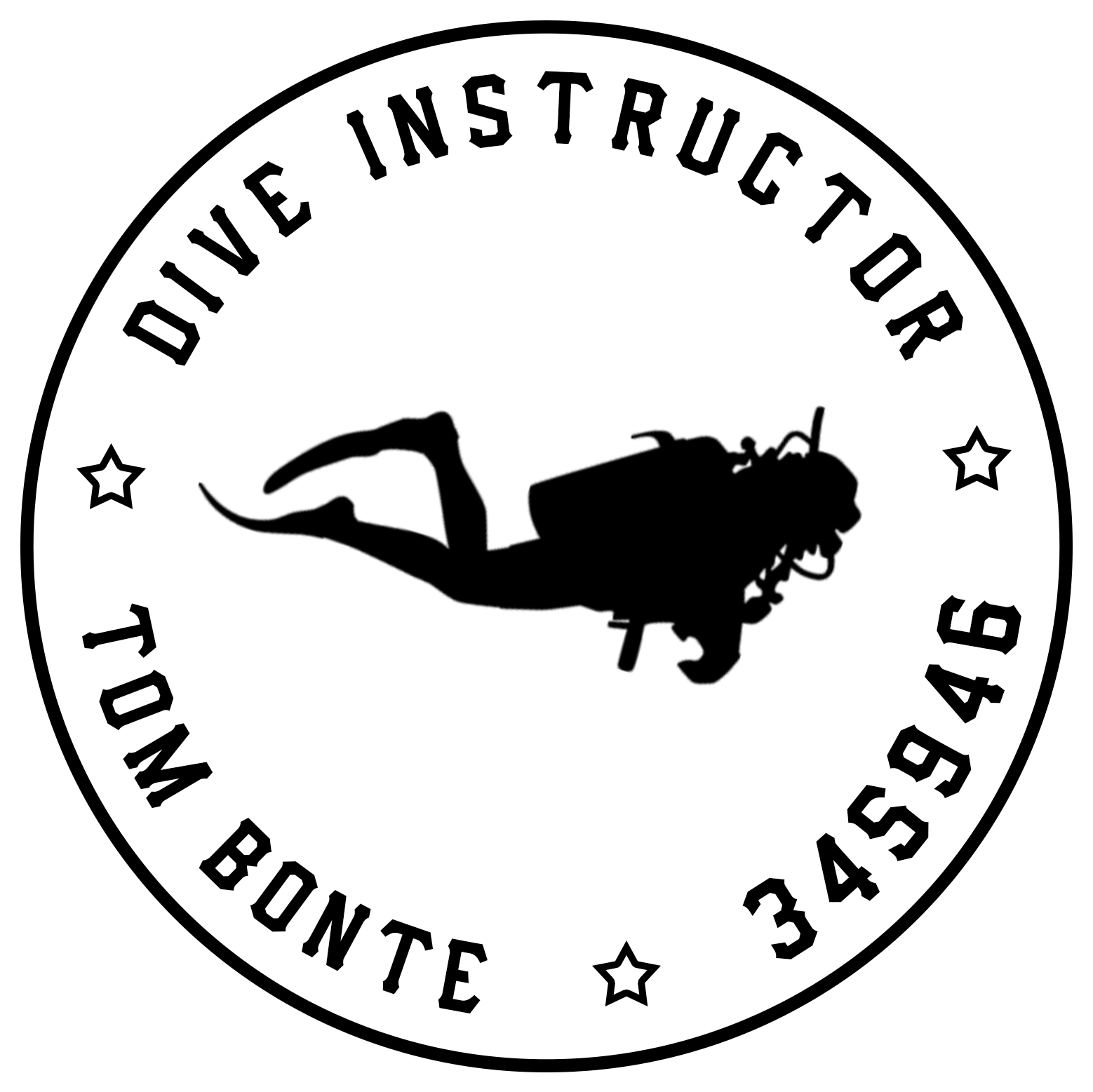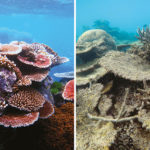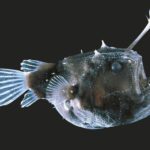When you looked in the mirror this morning, what did you see? Dark circles under your eyes, funny hair, puffy eyelids? Even though the person staring back at you might have scared the hell out of you, there is no doubt on your mind that you were seeing your own reflection. You knew you were seeing yourself in the mirror, which makes you a self-aware being. Congratulations!
‘Cogito ergo sum’, I think therefore I am. Let’s make it ‘Video ergo sum’, I see (myself) therefore I am.
We take being self-aware pretty much for granted, but know that you were not always able to do this. Babies, for example are not self-aware until the age of 20 months. If you’re wondering how we know this, there is a classic experiment that leaves no doubt. It’s known as the mirror test. Spooky! In the mirror test, scientists put babies ranging 6 to 24 months of age in front of a mirror, with a smudge of lipstick on their nose. They saw that young infants, ageing 6-12 months approached the baby in the mirror in a gentle and friendly way. They smiled, looked for interaction, meaning they thought of their reflection as a different individual. Older babies, 12-20 months were more hesitant, keeping scientists from taking any conclusions on what the babies were actually thinking. But, and this is the interesting part, toddlers 20 months old and upwards started touching their nose trying to clean the lipstick, instead of touching the mirror. They were self-aware.
You’re not impressed. Few people are, I guess. But realise that very few animals can do this. Your dog or cat, whom you probably credit a lot of intelligence, can’t do this. There is only a select club of animals that have shown to possess this cognitive capacity. Chimpanzees, bonobos, orang-utans, elephants, dolphins, orcas and magpies, the only non-mammal on the list. That’s it. Humans included, the list contains 5 land mammals, 2 marine mammals and 1 bird species. A lot of other animals have been tested, and have failed to pass the test. Among them pandas, pigs, octopus and many more.

What is the importance of all this? When we look in the mirror, we know that we are looking at ourselves. This means we have a sense of self, an inner ‘I’ – not simply an awareness of our physical body. Pretty deep, right? Although there is some controversy how far to stretch the conclusions, you could say these animals realise they exist as an individual and are conscious.
Recently 1 new animal species has been granted membership of our select club. It’s a tiny fish, called cleaner wrasse, not longer then your finger. They are usually found cleaning the skin and gills of other fish or in the mouth of the author of this post. The cleaner wrasse is an extremely intelligent fish, who’s able to manipulate his clientele, but I’ll keep that for another post.

When we want to know if an animal is self-aware, we always revert back to the same mirror test, adapted in small ways to the species we’re testing. To test the cleaner wrasse, scientists put each individual fish in their separate, own aquariums and then introduced them to a mirror. At first the wrasse behaved aggressively towards their reflection, thinking they saw a different individual. After a while though, they started being more inquisitive about the reflection they saw. The fish began behaving strangely, approaching the mirror upside-down or swimming towards the mirror quickly, only to stop right before touching it. At this phase, cleaner wrasse were ‘contingency-testing’, directly interacting with their reflections. Perhaps at this point they started to understand that they were looking at themselves and not another wrasse.
Here’s the astonishing part. At this point, scientists injected an innocent, brown gel under the skin of the fish. Importantly, the injections were made on places of their body they could only see using the mirror, such as on their throats. When the wrasse saw their reflections and the spots on their skin, they started scraping their throat on surrounding surfaces, probably identifying the mark as a parasite, trying to get rid of it. There were a few control groups to rule out any doubts. Some wrasse were injected with a colourless gel, and did not show this behaviour, meaning the first group didn’t just try to get rid of an itch caused by the injection. Another group was injected with the brown gel, but did not have the mirror. They also did not try to get rid of the mark on their throat, as they never even realised it was there without the mirror.
I can’t imagine how the scientists must’ve felt when observing this behaviour, but it must have been mind boggling. A tiny fish passing a cognitive test which is failed by most gorillas, pigs, dogs…Hollywood, forget about ‘Planet of the apes’, self-aware cleaner wrasse taking over the planet, a guaranteed box office hit. You’re welcome!








